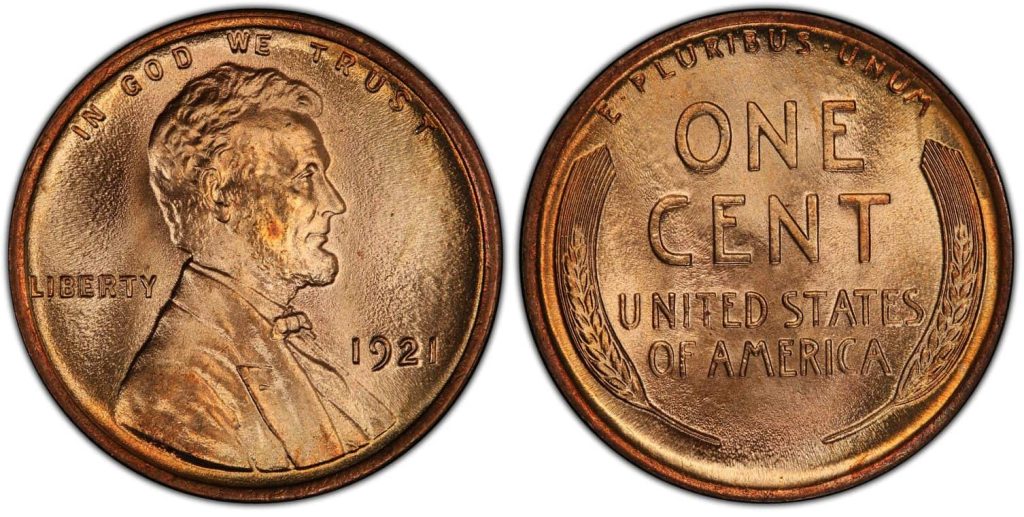A Century-Old Coin That Still Shines
In the world of coin collecting, patience often pays off — literally. One shining example is the 1921 Lincoln Wheat Cent, a coin that started as a humble one-cent piece and, through scarcity and condition, has become worth up to $36,000 in today’s collector market.
The Story Behind the 1921 Lincoln Cent
The Lincoln Wheat Cent series began in 1909 to honor President Abraham Lincoln’s 100th birthday. But 1921 was a unique year — the U.S. Mint produced significantly fewer pennies due to post-war economic slowdown and reduced industrial demand.
-
Philadelphia Mint (no mint mark): 39,157,000 struck
-
San Francisco Mint (“S” mark): 15,274,000 struck
-
Denver Mint: None produced this year
This lower mintage immediately made the 1921 penny rarer compared to most years in the Wheat Cent series.
Why This Penny Became a Fortune
The value jump is all about rarity, preservation, and patience. Most 1921 pennies entered everyday circulation, wearing down over decades. But a few — preserved in near-perfect, uncirculated “Red” condition — became prized collectibles.
A 1921 Lincoln Cent graded MS-68 Red (the highest possible quality for this coin) was recently valued at over $36,000 at auction. Even lower uncirculated grades (MS-64 to MS-66) can fetch several thousand dollars.
Collectors value:
-
Sharp details and bright copper-red color
-
Minimal wear and clean surfaces
-
Authentic mint marks and original luster
Market Value Breakdown
| Grade | Description | Approximate Value |
|---|---|---|
| Good (G-4) | Circulated, visible wear | $0.50 – $1.50 |
| Fine (F-12) | Moderate details | $2 – $4 |
| Extremely Fine (XF-40) | Strong features | $10 – $25 |
| Uncirculated (MS-60 to MS-63) | Minor marks, full luster | $50 – $250 |
| Gem Red (MS-65 +) | Brilliant red color, perfect detail | $10,000 – $36,000 + |
Source: CoinStudy, PCGS Auction Records, CoinValueChecker
Lessons for Collectors
The 1921 Lincoln Cent reminds investors and collectors that small details matter. Coins that appear ordinary can hold extraordinary value — if they’re preserved with care and verified by professional grading services such as PCGS or NGC.
If you suspect you have one:
-
Check for the date (1921) and mint mark (“S” or none).
-
Examine its color and luster — red copper tones are most valuable.
-
Avoid cleaning or polishing; this can reduce value.
-
Consider professional grading before selling or displaying it.
Final Thoughts
From pocket change to prized treasure, the 1921 Lincoln Wheat Cent is proof that time, rarity, and patience can turn even a penny into a small fortune. Whether you’re a coin enthusiast or a casual collector, this story serves as a timeless reminder: sometimes the real value isn’t just in the metal — it’s in the history and the patience to preserve it.

Leave a Reply